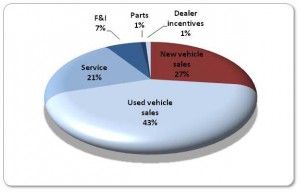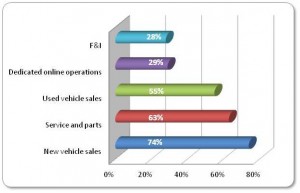According to a survey conducted by the National Association of Corporate Directors (NACD) and reported by CIO Magazine, many board members are dissatisfied with quality of information they get from their CIOs. Directors want the CIO to give them more and better information, especially about IT risk.
According to the report, only 13% of board directors are satisfied with IT briefings. About 35% said they were unsatisfied with the quality of technical information and 27% were unsatisfied with its quality.
This survey highlights that despite so many surveys, discussions and articles, there is often a discrepancy between the business perspective of the board and the role it sees IT is serving in the organization. IT management needs to demonstrate deep understanding of the business and define its role in terms that go beyond keeping the servers humming and provisioning software and mobile devices. As enterprises explore new technologies and business opportunities in cloud computing, social media and big data analytics, IT leadership has an excellent opportunity to deliver significant new business value.
The burden does not lie exclusively on the shoulders of the CIO. Corporate boards must include the CIO in devising a robust strategy and implementation roadmap of these new technologies. The potential complexity and the nascent nature of many of the new overly-hyped technologies require that the CIO organization is involved throughout in order to reduce both technology and business risks.
As the report shows, the main chasm between the board and the CIO is exactly in these areas: technology and risk. It’s time the two organizations start working together.




